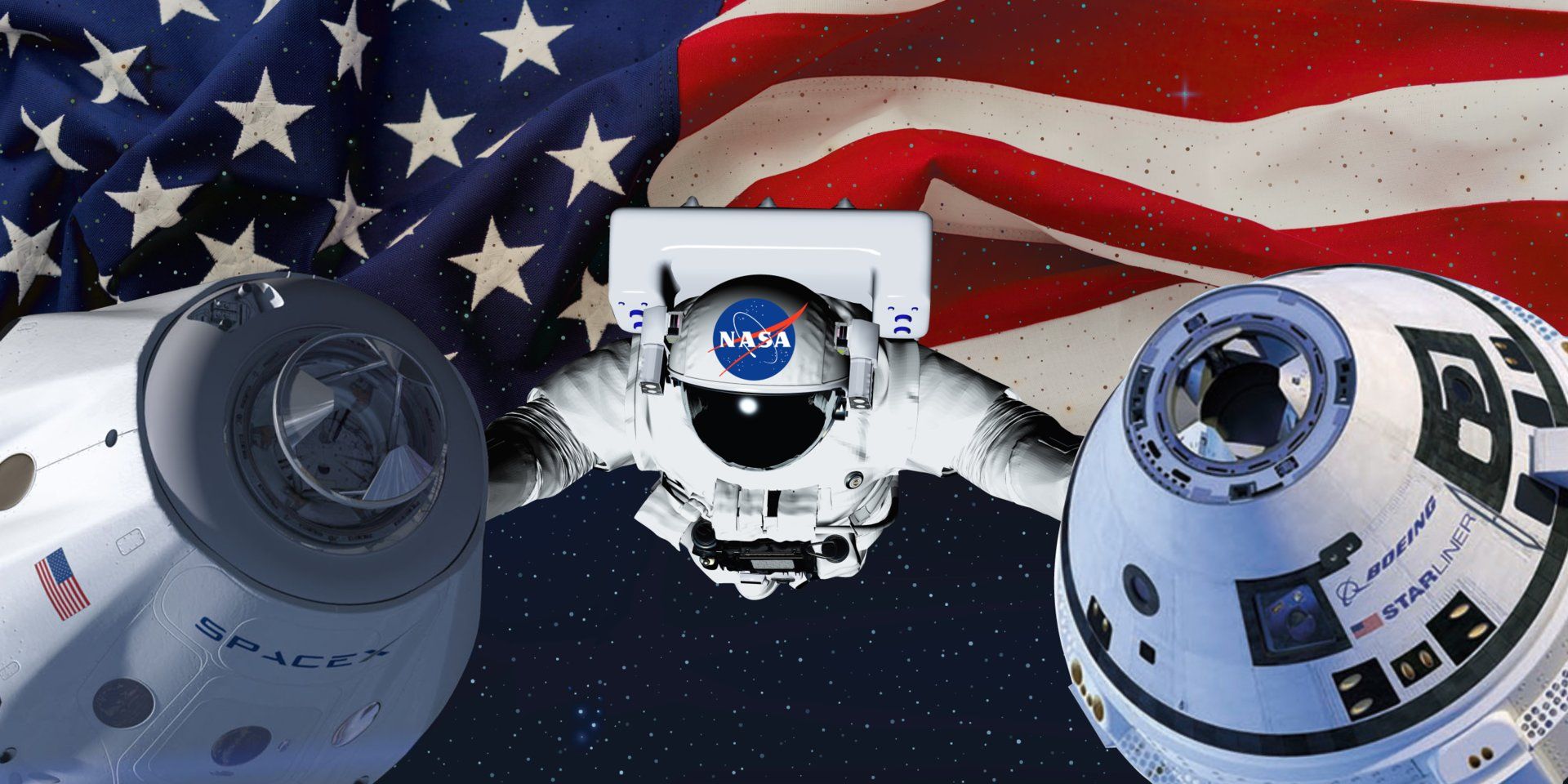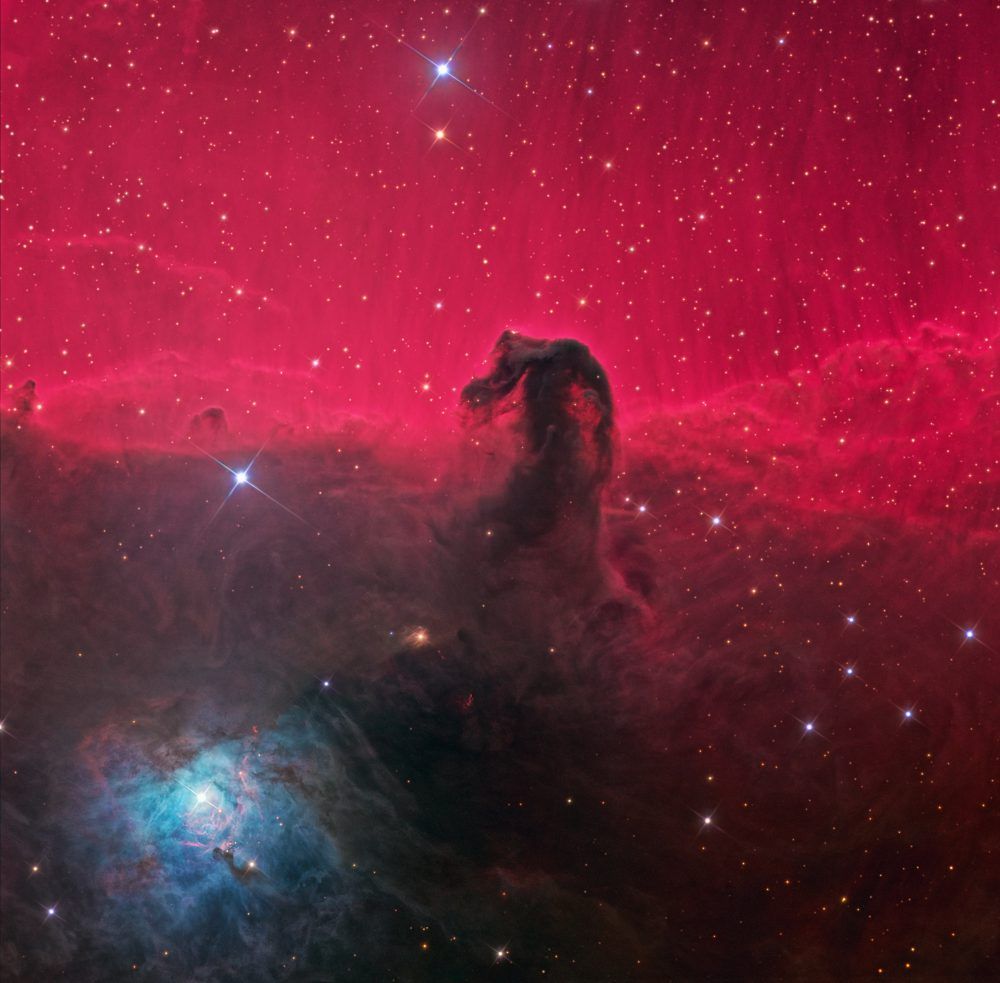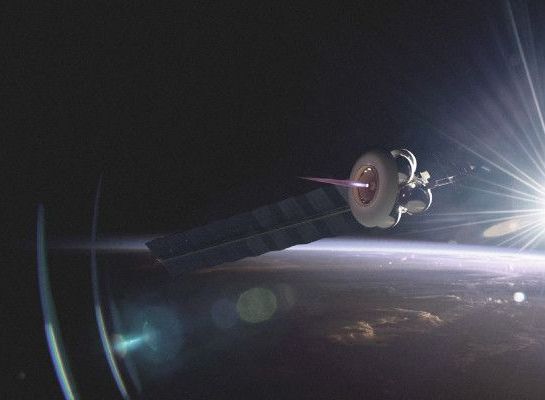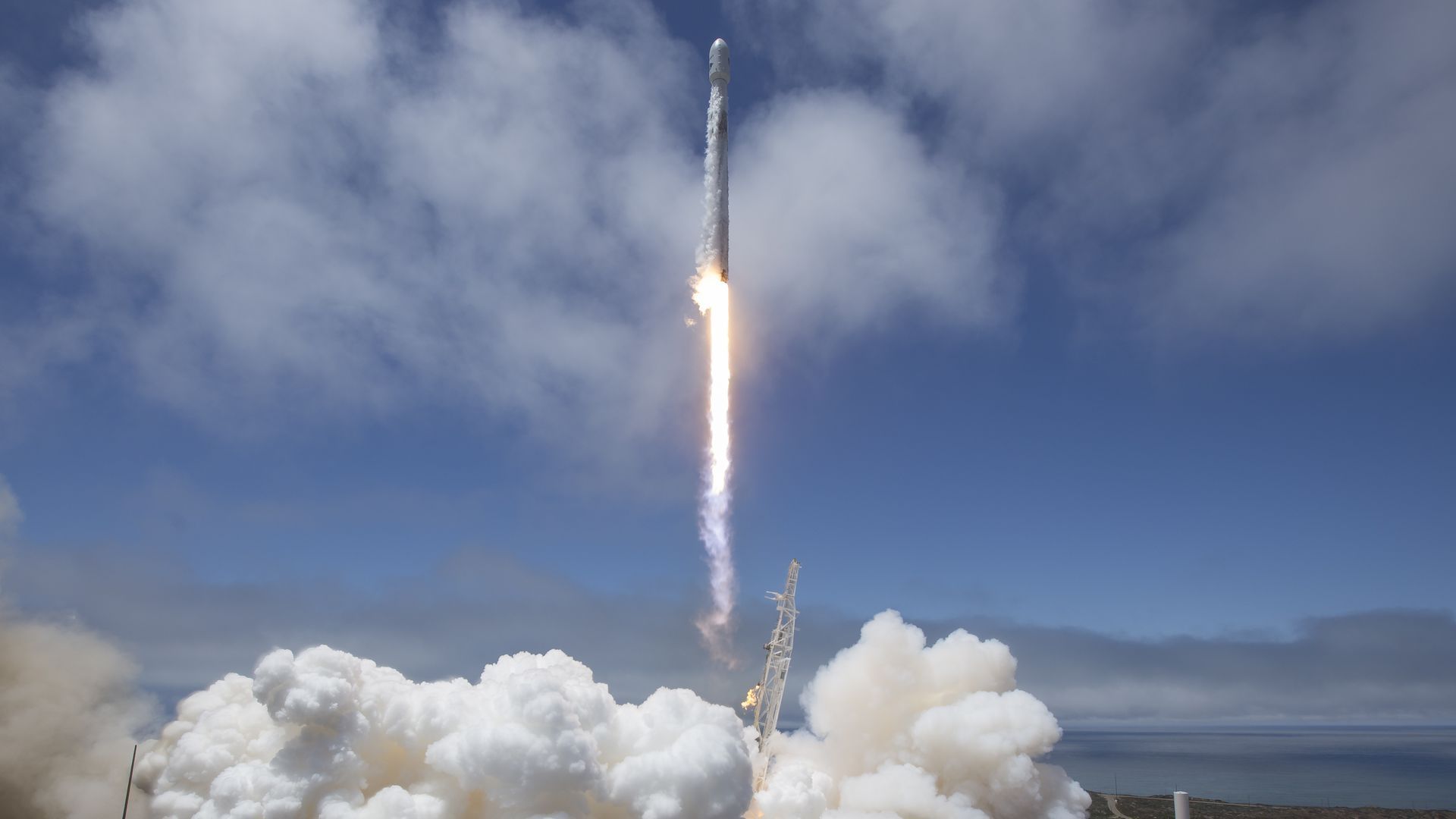Here’s who we think they might be:
NASA is about to name the first eight astronauts ever to fly Boeing and SpaceX’s brand-new spaceships.
The Commercial Crew Program, as it’s called, is a spaceflight competition that NASA started about two years before retiring its space shuttles in July 2011. The goal: ensure NASA astronauts can access the International Space Station and end US reliance on Russia’s increasingly expensive Soyuz spaceships to get there.
Boeing and SpaceX came out on top with their CST-100 Starliner and Crew Dragon space capsule designs, respectively. Together, the two companies earned about $8 billion in government contracts and awards. Their new ships could be test-launched (without any astronauts inside) by the end of the year.






